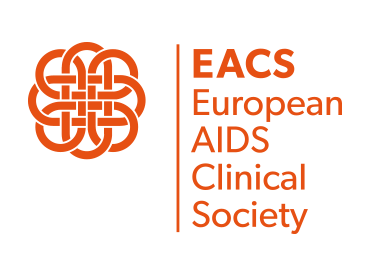Welcome to Prestigio Registry platform
Abstract from EACS 2023 - Thu Oct 19 2023

Do minority resistant variants in HIV-DNA predict virological rebound in highly treatment experienced PLWH under virological control: Data from the PRESTIGIO Registry
Purpose: To clarify whether next-generation sequencing (NGS) can be useful for resistance assessment in virologically suppressed highly treatment-experienced (HTE) individuals with multi-drug resistance (MDR).
Methods: Ninety-one HTE MDR individuals from the PRESTIGIO registry were analysed. NGS on HIV-DNA was performed through Illumina-MiSeq. Major resistance mutations (MRM) and APOBEC editing were evaluated by the HIVdb system. NGS cut-offs at ≥1%, ≥5% and ≥20% were tested. Minority MRM were compared to historical-GRT (h-GRT). The probability of virological rebound (VR) after NGS resistance assessment was estimated through Kaplan-Meyer curves. Discontinuation of FTR, IBA or LEN was defined as interruption of the drug for any cause. Follow-up (FU) started from the date of FTR, LEN or IBA start (baseline; BL) until discontinuation of FTR/IBA/LEN or death/freezing date (30/June/2023). Descriptions by median (IQR) or frequency (%). Genotypic susceptibility score for the optimized background therapy introduced with FTR/LEN/IBA was estimated according to the cumulative data of the available plasma genotyping resistance tests recorded for each patient.
Results: At NGS-GRT, individuals had a long and complex treatment history and were in virological suppression since 3 (2-5) years (Table 1). Around half of MRM detected with a considerable frequency in HIV-DNA were already found in h-GRT. However, 30% of those detected at lower frequency were never observed before (Figure 1 A). The highest detection rate of historical MRM was reached with NGS set at 1% (Figure 1 B) but unusual substitutions and extensive APOBEC hypermutation (Figure 1 C) suggest technical issues and poor clinical relevance at this threshold. After NGS-GRT, 21 individuals experienced VR with a median (IQR) viremia of 365 (98-7,840) copies/mL. Among them, the number of minority resistant variants (frequency 5-20%, mv5%) detected exclusively by NGS-GRT was higher compared to those who maintained virological suppression (p=0.030, Figure 2 A) and positively correlated with viremia levels at rebound (Figure 2 B). By 3 years after NGS-GRT, the probability of VR was 21.6%. Having ≥2 mv5% exclusively detected by NGS without APOBEC signal was associated with VR (Figure 2 C).
Conclusions: In this cohort of virologically suppressed MDR HTE subjects, HIV-DNA NGS set at 5% reliably detected around 70% of historical MRM and a considerable amount of new resistance. Minority resistance exclusively detected by NGS might predict loss of virological control.


